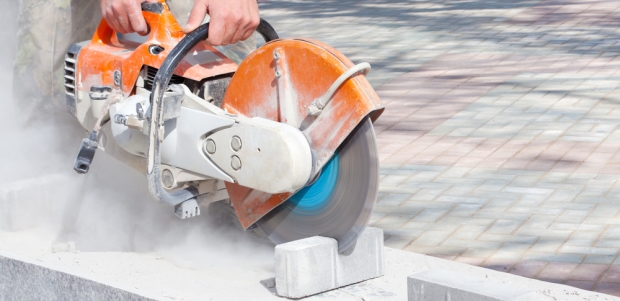
EU Publishes Respirable Crystalline Silica Guide
In putting together the guide, the working group considered the practices of hundreds of inspectors from the 28 member states of the European Union. The first release is in English and it will be translated to all official languages in the EU.
The European Commission's Senior Labour Inspectors' Committee (SLIC) recently released its Guidance for National Labour Inspectors to help those inspectors address the risks workers face when they are exposed to respirable crystalline silica at construction sites. The document was developed by SLIC's working group on chemicals, CHEMEX, and includes sections on why RCS is a health hazard, the EU regulatory framework, and practical information such as the hierarchy of controls and relevant control measures.
Included are 14 task sheets. In putting together the guide, the working group considered the practices of hundreds of inspectors from the 28 member states of the European Union. The digital version is available here; the first release is in English and it will be translated to all official languages in the EU.
The first copy was presented to Marga Zuurbier, an SLIC committee member and head of the Department of Working Conditions at the Inspectorate SZW from the Dutch Ministry of Social Affairs and Employment, by Kären Clayton, chair of CHEMEX. "This guidance will help to create equal working conditions in all EU member states. It will not only be helpful to inspectors, but also to employers and workers. We will gladly use it in the Netherlands," Zuurbier said.
"Figures are quite compelling," said Nathan Kuper, of the Inspectorate SZW and a member of the working group that wrote the guidance. "For instance, in the Netherlands, about 2,000 or 3,000 people die annually because of exposure to hazerdous substances. In comparison to 60 to 90 due to safety issues. That's why SLIC is developing a collaborative approach on long latency diseases. It wants to restore the balance between focus on occupational safety and focus on health. This guidance is a first step."
"We are quite certain this guidance will help inspectors to tackle RCS dust on work sites. But we're not just handing it over wishing them good luck. We are also developing different resources to help them use it," said Dr. Chris Snaith, a member of the CHEMEX working group who headed a subgroup that developed the guide.
OSHA published a silica rule in March 2016 after working on the proposed rule for years.